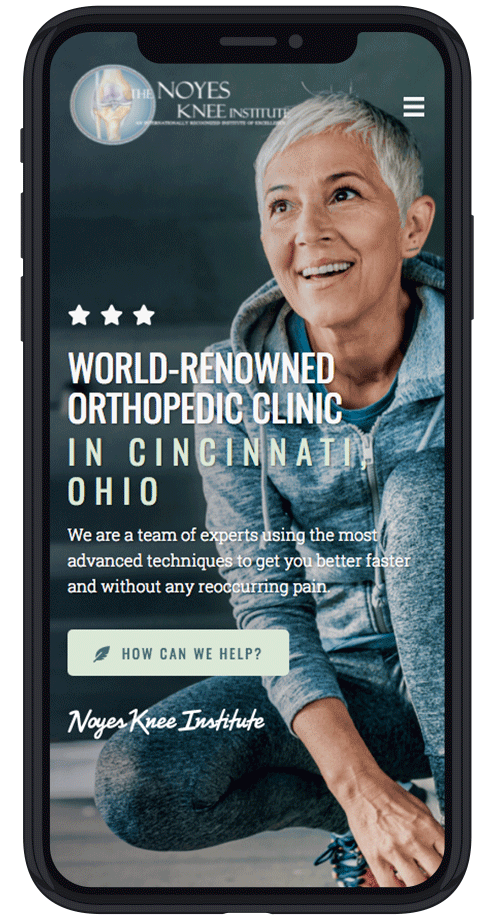Published On
Category
Did you know that wearing the wrong shoes can contribute to knee pain and increase your risk of a knee injury over time? This is especially true of athletes who spend a lot of time on their feet, such as runners and basketball players.
Selecting the right shoes is one of the smartest ways you can decrease your risk of knee injuries, whether you are a serious athlete or a recreational participant. Here are a few tips to help you choose shoes that are good for your knees.
Choose Sport-Specific Shoes
Many different types of athletic shoes are on the market. They may look very similar at first glance, but shoes made for specific sports are uniquely designed to compensate for the moves required in that sport.
Running shoes, for instance, feature more cushioning that those designed for tennis players. Walking shoes have a more rounded bottom to help shift weight from your heel to toe as you stride along.
If you wear shoes that are not designed for the sport you participate in, you may put more strain than necessary on your knees with every movement. Select shoes made for the sport you participate in most often. If you participate in two very different sports — for example, running and tennis — buying two pairs of shoes is worth the injury-prevention benefits.
Wear Stability Shoes If You Overpronate
Without realizing it, many people overpronate as they walk or run. Pronation means that your foot or ankle fall inward as you put your foot down. Overpronation puts excess strain on your knees. However, wearing stability shoes can correct overpronation and keep your knees — and other joints — safe.
Even if you are not a runner, choosing stability shoes designed for your specific sport is important since most sports do require some amount of running.
To determine whether you overpronate, look at the bottoms of a pair of shoes worn for a while. If the inside surfaces near the ball of the foot are more worn than the rest of the shoe, you overpronate. Another way to assess pronation is to visit a running store and have your stride professionally analyzed.
Replace Your Shoes Regularly
The cushioning in your shoes becomes compacted over time. As your shoes stop absorbing shock, they become less able to protect your knees from injury. If you are a runner, replace your shoes every 350 to 500 miles for best results. If you participate in other sports, a good guideline is to buy new shoes every three to six months, depending on how often you wear them.
If you start feeling sorer after workouts, if your shoes no longer have tread, or if you can easily see that the midsoles of your shoes are compacted, you need new shoes.
Reassess Your Needs Regularly
The shoes that work for you when you’re 25 may not do you as much justice when you’re 35. The shape of your foot changes with age. Shoe needs also change as you lose weight, gain weight, or improve your fitness level. If you are an overpronator, your tendency to overpronate may decrease as your legs become stronger with regular exercise.
As such, reassess your shoe needs regularly. If you’ve gained weight, you may want a shoe with more support. If you used to run a lot and now mostly play tennis, it may be time to switch shoe styles. When you find a shoe you like, definitely stick with it as long as it suits your needs — but do reassess your needs with every purchase.
Knee injuries are a lot easier to prevent than they are to treat, and for athletes at all levels, selecting the right shoes is a key element of prevention. If you do begin to experience knee pain, make an appointment with the Noyes Knee Institute. We offer the most advanced diagnosis and treatment options for all simple and complex knee disorders.

